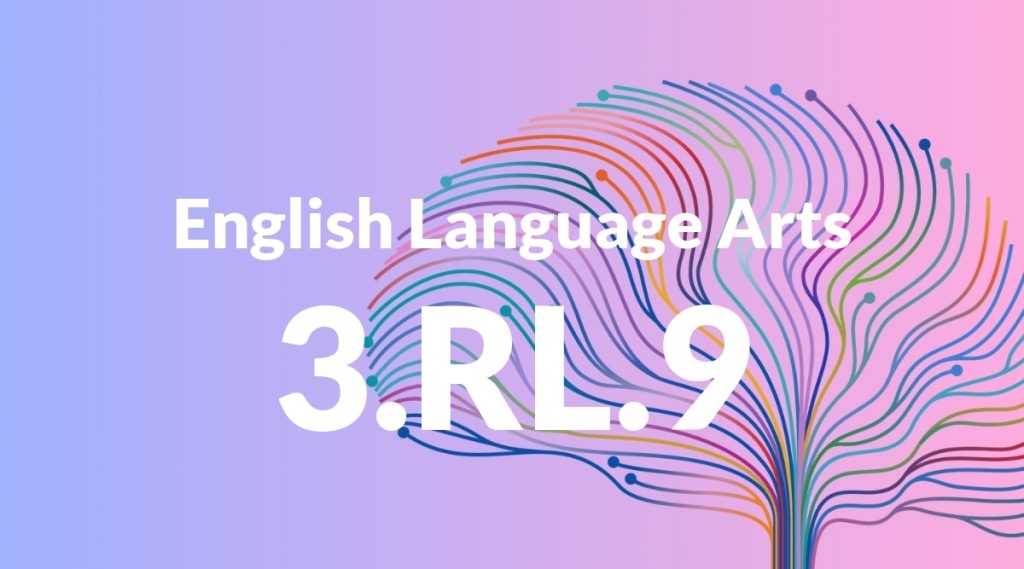Standard: 3.RL.9 – Compare and contrast the themes, settings, and plots of stories written by the same author about the same or similar characters (e.g., in books from a series).
Grade level: Grade 3
Subject: English Language Arts
Domain: Reading: Literature
Teacher Overview
This standard focuses on helping students develop the ability to compare and contrast themes, settings, and plots of stories by the same author. This is important because it builds critical thinking skills and deepens their understanding of literature. By recognizing similarities and differences, students can better appreciate an author’s style and the development of characters across different stories. Students should have a basic understanding of story elements such as theme, setting, and plot. They should also be familiar with identifying and describing characters.
After mastering this standard, students will be able to analyze more complex texts, identify author’s purpose, and compare different authors’ approaches to similar themes and topics.
Common Misconception 1
Students may think that settings and plots are the same thing. This misconception arises because both elements describe parts of the story. However, the setting refers to where and when the story takes place, while the plot refers to the sequence of events that make up the story.
Intervention 1
Provide clear definitions and examples of both settings and plots. Use graphic organizers, such as Venn diagrams, to help students visually differentiate between the two. Engage students in activities where they identify and describe settings and plots from familiar stories.
Common Misconception 2
Students might believe that themes are always explicitly stated in the text. This misconception occurs because themes are often implied rather than directly mentioned. Students need to learn how to infer themes by examining the actions, motivations, and outcomes related to the characters.
Intervention 2
Teach students how to infer themes by looking at the actions and motivations of characters and the outcomes of the story. Use guided reading sessions to model this process and provide practice opportunities where students identify themes in various texts.
Prerequisite Knowledge
Students should have a basic understanding of story elements such as theme, setting, and plot. They should also be familiar with identifying and describing characters.
Subsequent Knowledge
After mastering this standard, students will be able to analyze more complex texts, identify author’s purpose, and compare different authors’ approaches to similar themes and topics.
Instructional Activities
- Read two books by the same author and create a Venn diagram comparing their plots.
- Write a summary of the themes in two stories and discuss how they are similar or different.
- Create a chart listing the settings of several books from a series and note any changes or patterns.
- Role-play scenes from different books to explore character development and plot progression.




